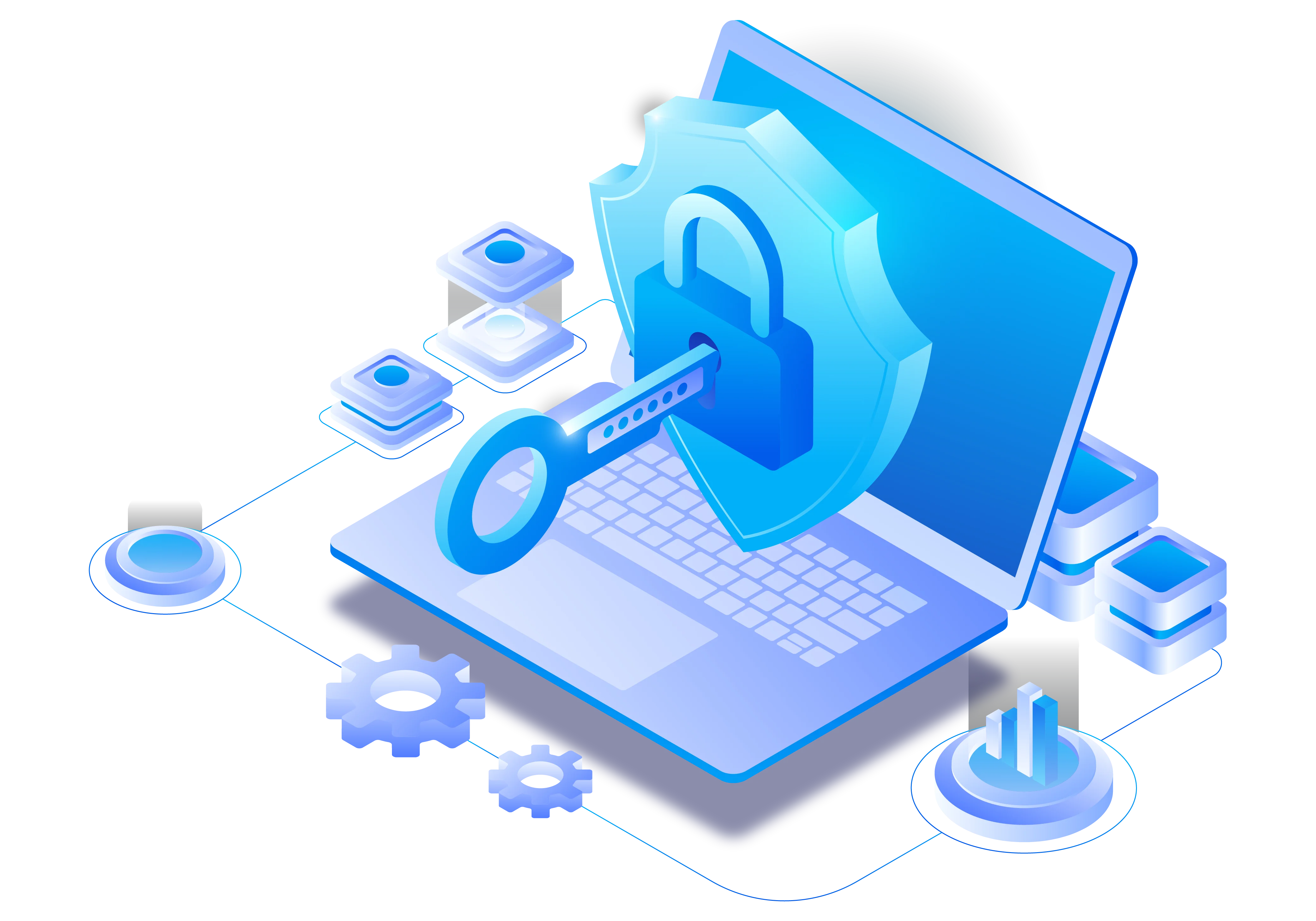Cyber Security
Cyber security or information technology security is the techniques of protecting computers, networks, programs.

Cyber security or information technology security is the techniques of protecting computers, networks, programs.

Cyber security or information technology security is the techniques of protecting computers, networks, programs and data from unauthorized access or attacks that are aimed at exploitation.
Description: Major areas covered in cyber security are:Application security encompasses measures or countermeasures that are taken during the development lifecycle to protect applications from threats that can come through flaws in the application design, development, deployment, upgrade or maintenance. Some basic techniques used for application security are a) Input parameter validation, b) User/Role Authentication & Authorization, c) Session management, parameter manipulation & exception management, and d) Auditing and logging.
Information SecurityInformation security protects information from unauthorized access to avoid identity theft and to protect privacy. Major techniques used to cover this are a) Identification, authentication & authorization of the user, b) Cryptography.
Disaster recoveryDisaster recovery planning is a process that includes performing risk assessment, establishing priorities, developing recovery strategies in case of a disaster. Any business should have a concrete plan for disaster recovery to resume normal business operations as quickly as possible after a disaster.
Network SecurityNetwork security includes activities to protect the usability, reliability, integrity, and safety of the network. Effective network security targets a variety of threats and stops them from entering or spreading on the network. Network security components include a) Anti-virus and anti-spyware, b) Firewall, to block unauthorized access to your network, c) Intrusion prevention systems (IPS), to identify fast-spreading threats, such as zero-day or zero-hour attacks, and d) Virtual Private Networks (VPNs), to provide secure remote access.
A penetration test, or pen-test, is an attempt to evaluate the security of an IT infrastructure by safely trying to exploit vulnerabilities. These vulnerabilities may exist in operating systems, services and application flaws, improper configurations or risky end-user behavior. Such assessments are also useful in validating the efficacy of defensive mechanisms, as well as, end-user adherence to security policies.
Information about any security vulnerabilities successfully exploited through penetration testing is typically aggregated and presented to IT and network system managers to help those professionals make strategic conclusions and prioritize related remediation efforts. The fundamental purpose of penetration testing is to measure the feasibility of systems or end-user compromise and evaluate any related consequences such incidents may have on the involved resources or operations.
How can Penetration Testing help your organization?We help you to find out and mitigate flaws in your Network, website, Applications, Mobile Applications etc so that you can concentrate on your business comfortably without worrying about security risks in your organization.
Mazenet Provides Different Types of Penetration Testing like:Malware is a combination of the words "malicious" and "software." It is often used as a catchall term for threats such as viruses, spyware, adware, and other software installed without a user's consent or knowledge.
Malware can get into your system in various ways, including (but by no means limited to):Detect, prioritize, and manage all your IT incidents in your organization.
In the field of computer security, security information and event management (SIEM) software products and services combine security information management (SIM) and security event management (SEM). They provide real-time analysis of security alerts generated by network hardware and applications.
Why does your organization need SIEM?
SIEM is required for following constraints of organization:Detect, prioritize, and Manage all your IT incidents in your organization
Security Information and Event Management (SIEM) is about looking at your network through a larger lens than can be provided by a single security control or information source. For example:None of these technologies, by themselves, can tell you what is happening to your network and your business.
So Mazenet does it for you.
Why Do your Organization Need SIEM
SIEM is required for following constraints of organization: